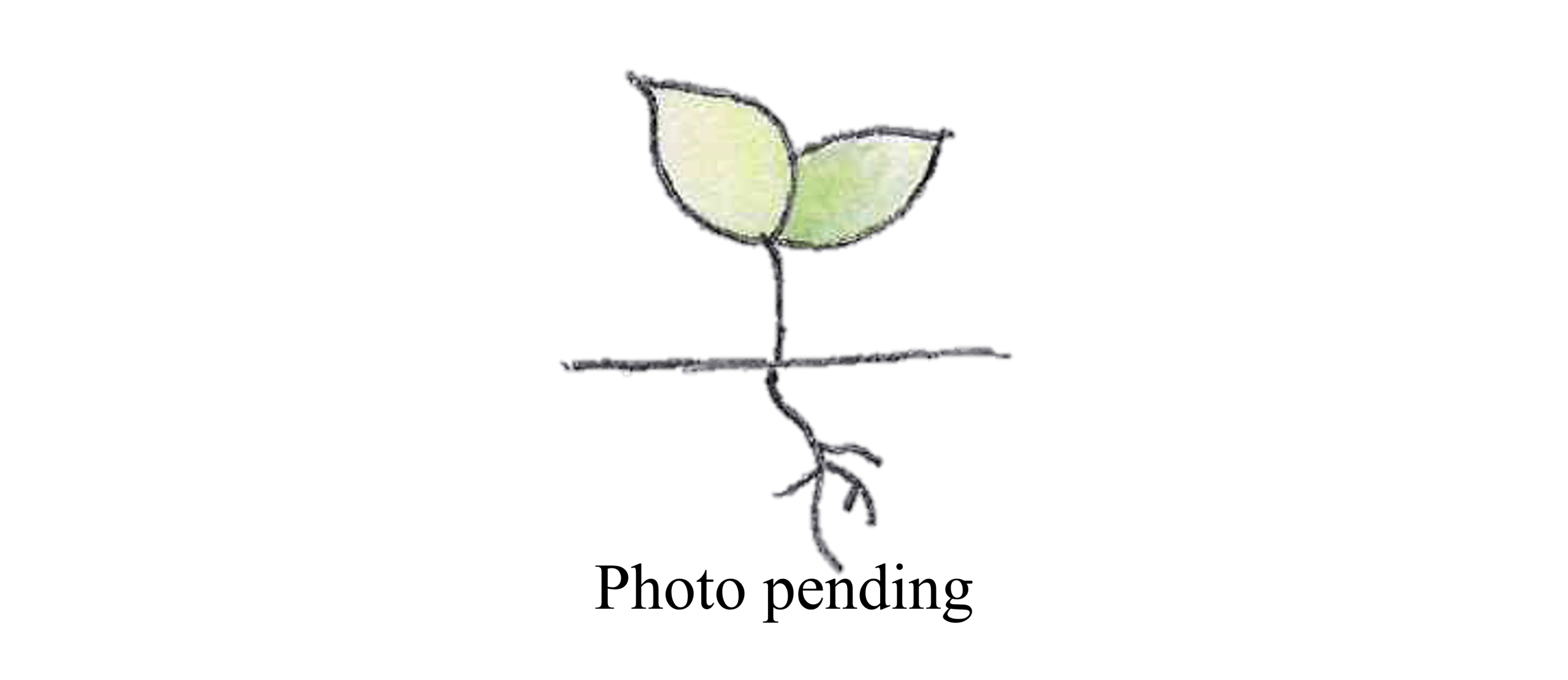Buttonwood, cheese tree
Glochidion ferdinandi, Fam. Euphorbiaceae

Attractive, small tree with a spreading, bushy canopy and brown purple, fissured bark. Glochidion from the Latin ‘flochidium’ barb of arrow, referring to the toothed styles in some of the species.
| Weed Category: | |
| Weed: | No |
| Form or habit: | Small tree |
| Family: | Euphorbiaceae |
| Leaf: | Simple, alternate, pseudo to pinnate, entire, elliptic to oblong elliptic, 4-11cm long. Glossy green and glabrous, petioles 3-5mm long. |
| Flower conspicuous: | Conspicuous |
| Flower colour: |
Yellow, Green |
| Flower description: | Female flowers solitary, axillary, green yellow. Male flowers in small clusters. November to April. |
| Fruit conspicuous: | Conspicuous |
| Fruit colour: |
Green, Red |
| Fruit: | |
| Fruit description: | Green ripening to red, thin capsules, 1-2cm in diameter, resembling a tiny pumpkin. Any month of the year. |
| Habitat: | Gallery (riverine or riparian) forest, rainforest. |
| Distribution | Queensland, New South Wales, Northern Territory, America. |
| Food source for: | Fruit eaten by the white headed and topknot pigeon, brown cuckoo dove, superb fruit dove, rainbow lorikeet, crimson rosella, figbird, Lewin’s honeyeater, olive backed oriole, grey butcherbird and metallic starling. Seed eaten by the Australian king parrot and superb parrot. Young foliage eaten by the rainbow lorikeet. Larval food plant of the shining oak blue and shining pencilled blue butterflies and the moths Caloptilia xanthoparella, Coscinocera hercules (Hercules moth), Euthrausta oxyprora, Parotis atlitalis, Stigmella phyllanthina and Syntherata janetta. Larvae of the splendid ghost moth Aenetus eximius feed on the truck and roots. |
| Toxicity: | No toxicity known |
| Origin: | Australia, America. |
| Notes: | Will grow in a range of soils and tolerates full sun. May resprout from the base after fire. Cuttings strike readily, germinates readily from seed if seed is removed from the capsule prior to sowing. Grey, close grained timber which warps as it dries. |
| Information sources: | Melzer R. & Plumb J. (2007) Plants of Capricornia. |



